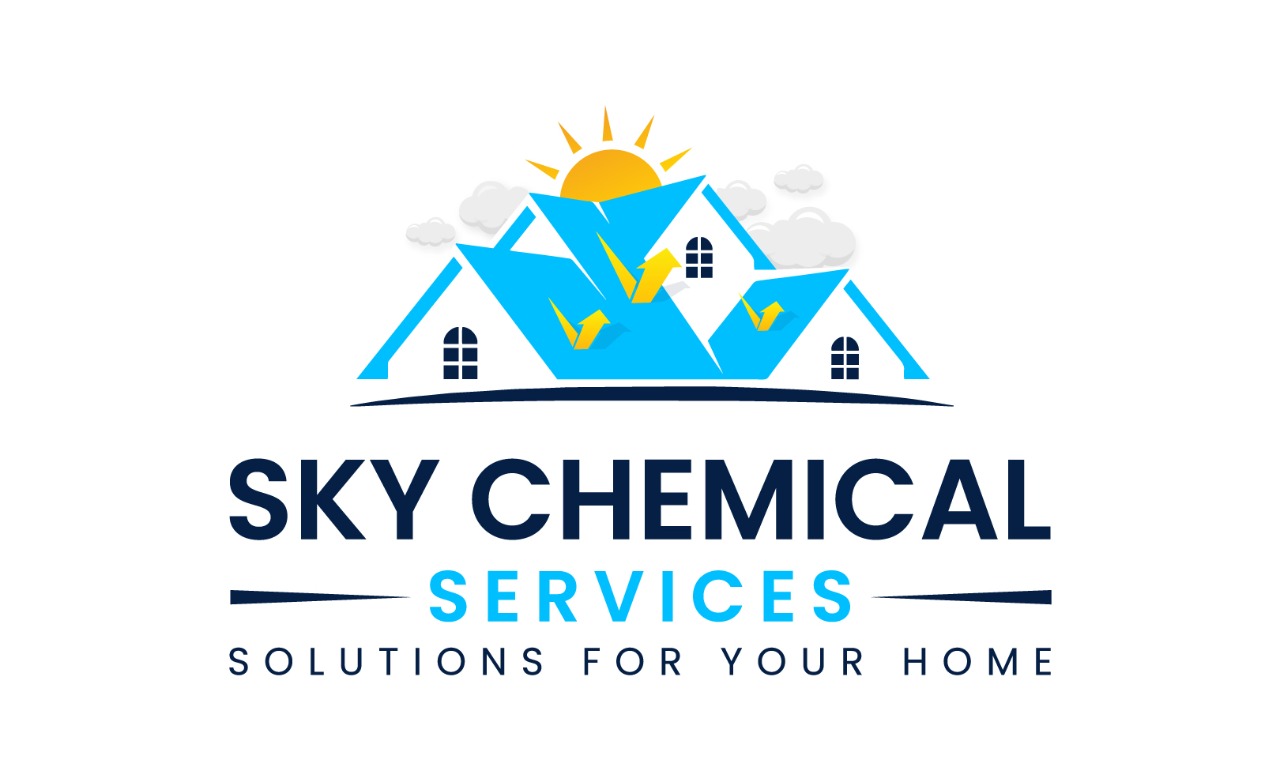As the climate crisis continues to intensify, searching for ways to mitigate the urban heat island effect and reduce energy consumption within closed structures has become mandatory. Discover the top reflective roofing materials to combat heat and keep your home cool. One of the most effective solutions is the application of cool roofing materials: These chemicals reduce energy consumption by reflecting the Sun’s rays back into the atmosphere. Various types of roofs offer differing levels of heat reflection. In this blog, we will explore the various roofing materials and determine which type is the optimal one.
Understanding Cool Roofing
Before diving into the specific types of roofs that reflect the most heat, it’s essential to grasp the concept of cool roofing. This system is designed to provide more comfort than a standard roof. Reduction in heat absorption leads to lower temperatures, decreased energy consumption, and less strain on the environment.
Read More
In How Many Ways Can We Prevent Heat Loss from Roofs
Is Acrylic Roof Paint Waterproofing?
Why Does a Warehouse Require Roof Water and Heat Proofing?
Types of Cool Roofing Materials
Cool Roof Coatings
Cool roof coatings are applied on various surfaces, such as asphalt shingles and metal roofs. These coatings are white or light-colored. Moreover, they are designed to enhance the heat reflectance ratio.
Metal Roofing
Metal roofs, particularly those having high solar reflectance and emissivity, are optimal for storage facilities and commercial structures. Aluminum and galvanized steel are popular choices in this regard. These roofs are known for long-term protection from fire, weather elements, and rust.
Single-Ply Membrane Roofing
Single-ply roofing membranes, like TPO (thermoplastic polyolefin) and PVC (polyvinyl chloride), are used for industrial setups. They are available in various colors, including white. Single-ply roofs are convertible (for green roof installation), lightweight, puncture-resistant, and recyclable.
Tile Roofing
Tile roofing, made from materials like clay or concrete, possess excellent properties, particularly when coated with reflective glazes. While tile roofing is commonly associated with warmer climates, it can also provide cooling benefits in regions with hot summers.
Green Roofing
Green roofs consist of different layers, such as vegetation, soil, root barrier, and drainage. It helps to reduce storm-water runoff and heat intrusion. Moreover, it is effective in minimizing the urban heat island effect in densely populated locations.
Which Type Reflects the Most Heat?
The ability of a roofing material to reflect heat primarily depends on its solar reflectance (albedo) value. Solar reflectance is measured on a scale of 0 to 1, with higher values indicating better heat reflection. Emissivity, which measures the ability of a material to release absorbed heat is also a potent factor.
Among the various cool roofing materials, cool roof coatings and white or light-colored single-ply membranes tend to have the highest solar reflectance values. Cool roof coatings can achieve solar reflectance values of 0.70 or higher, while high-quality single-ply membranes can also surpass this threshold. Metal roofs, especially those with reflective coatings, often have high solar reflectance values, making them an excellent choice for residential and commercial buildings.
Green roofing, while not a reflective material itself, offers a different approach to heat reduction. It provides insulation and shade, which can help reduce a building’s cooling load and lower energy consumption.
Benefits of Choosing a Highly Reflective Roof: Reflective Roofing Materials
Opting for a roofing material with high solar reflectance offers several advantages:
Energy Efficiency
A highly reflective roof can significantly reduce cooling costs during hot summer months by lowering the amount of heat transferred into the building.
Extended Roof Lifespan
The reduced heat absorption can also extend the lifespan of the roofing material by reducing thermal stress and the expansion-contraction cycles that occur with temperature fluctuations.
Read More
Roof Heat Proofing Services in Karachi
Should You Use Soy-Based Over Polyurethane Coating?
Industries That Benefit from Polyurethane Coatings
Environmental Benefits
Cool roofs help combat the urban heat island effect, improving the overall comfort of urban environments. They also contribute to lower greenhouse gas emissions by reducing the need for air conditioning.
Utility Bill Savings
Building owners and homeowners can enjoy lower energy bills, as the reduced cooling load means less energy is required to maintain comfortable indoor temperatures.
Conclusion
Cool roofing materials play a crucial role in reducing heat absorption and mitigating the urban heat island effect. While several roofing materials offer excellent heat reflection properties, the choice ultimately depends on factors such as the building’s location, budget, and aesthetic preferences. Cool roof coatings, white single-ply membranes, and reflective metal roofs are among the top contenders for reflecting the most heat. By selecting the right roofing material, building owners can enjoy reduced energy costs, extended roof lifespan, and a positive impact on the environment.
Connect with Sky Chemical Services for an appointment today!
